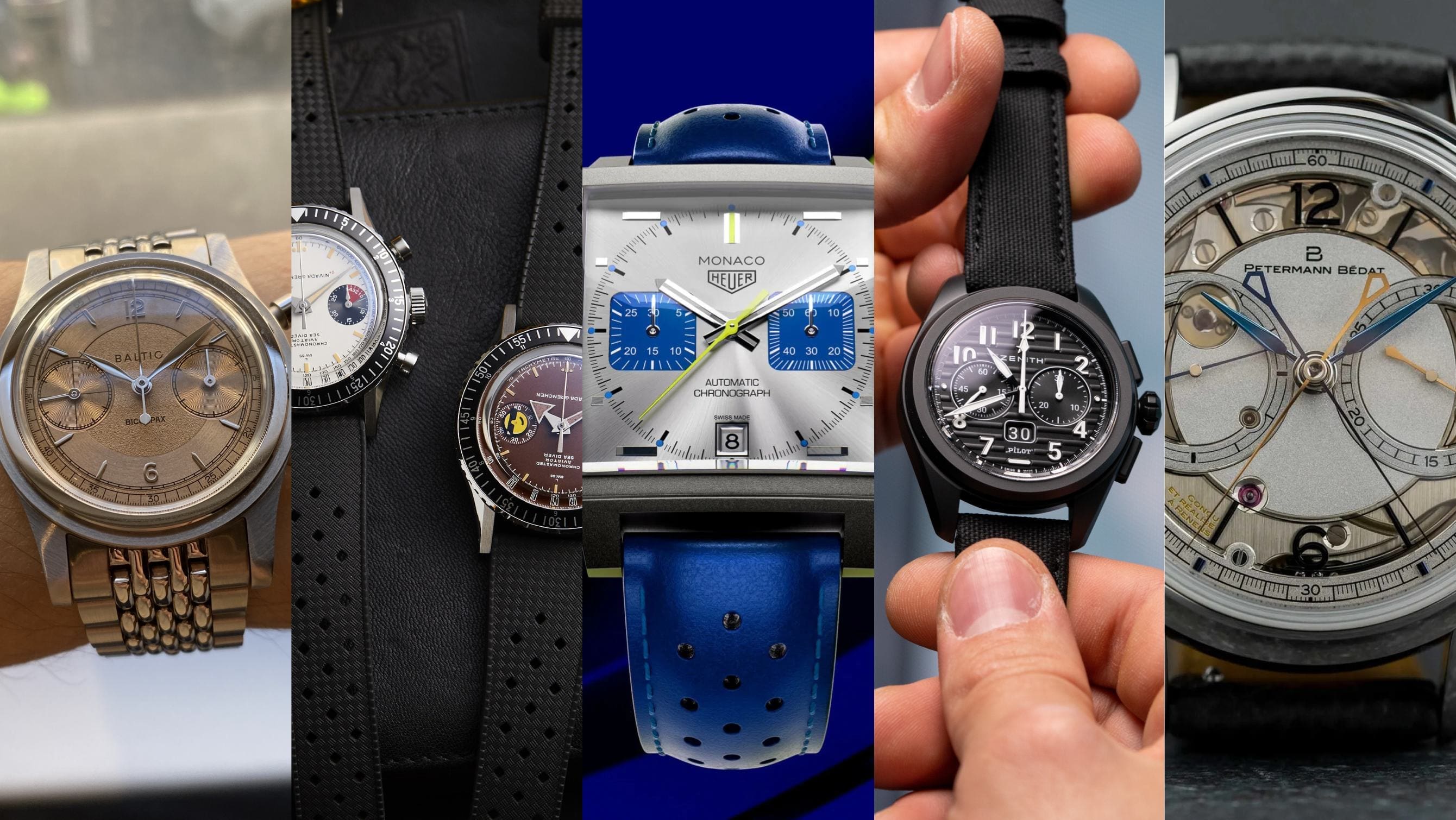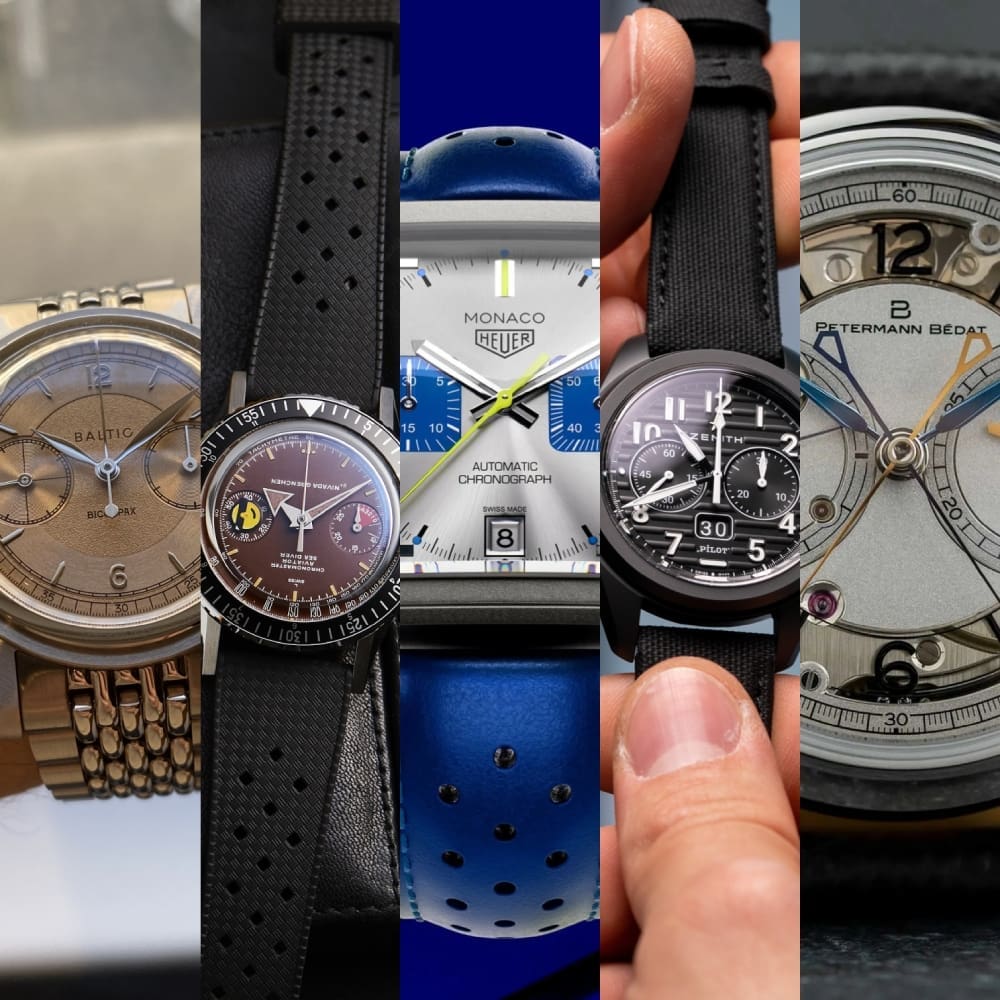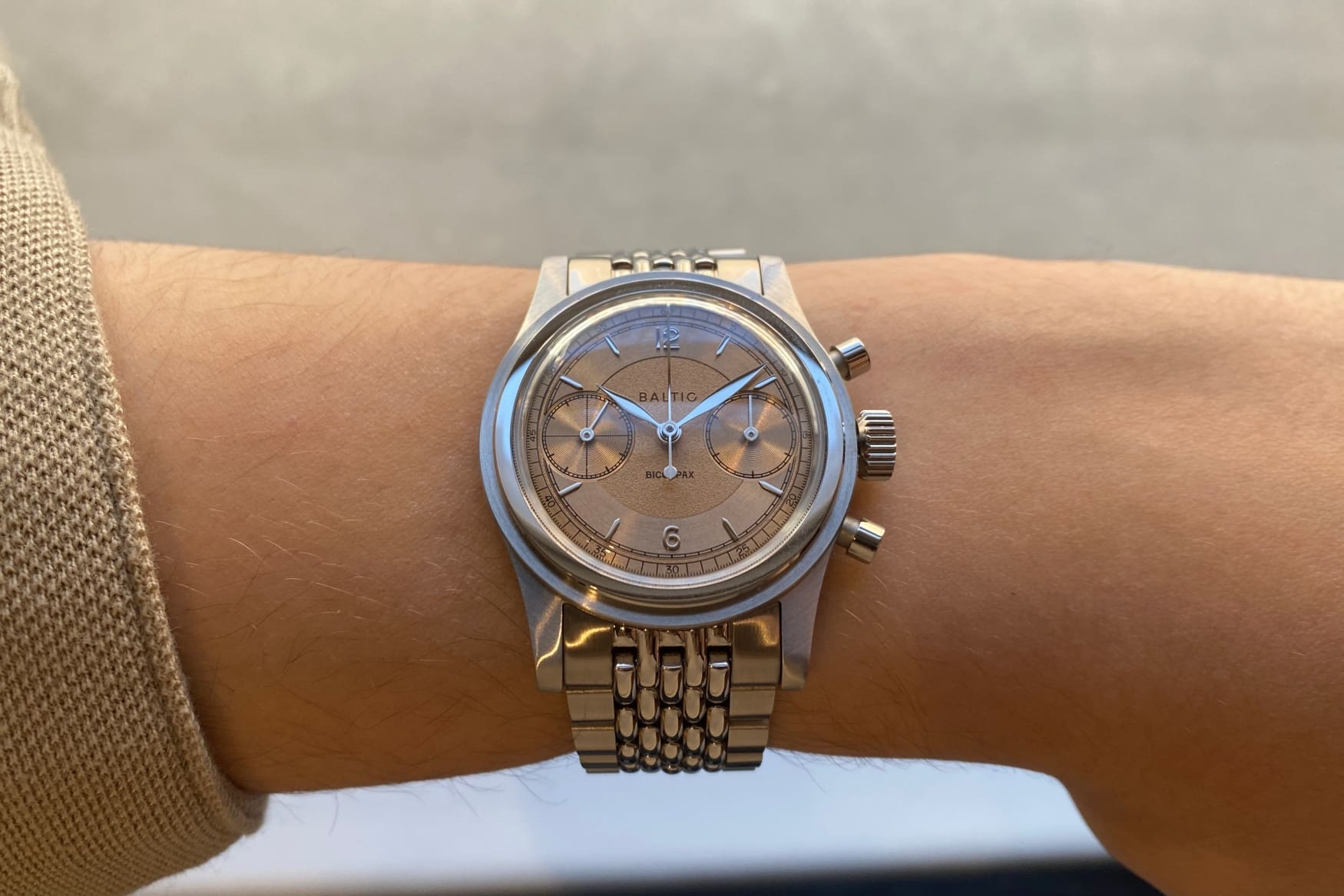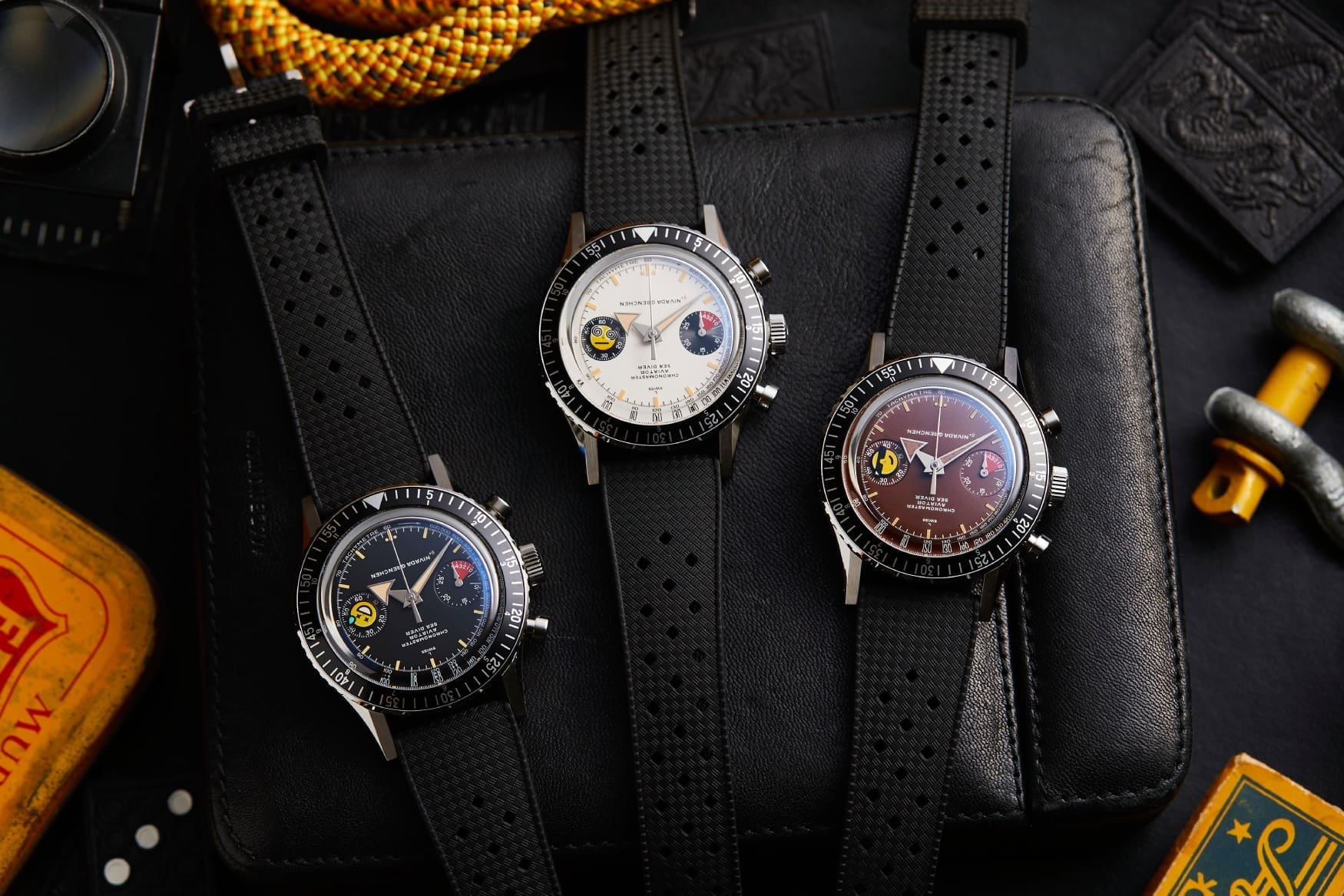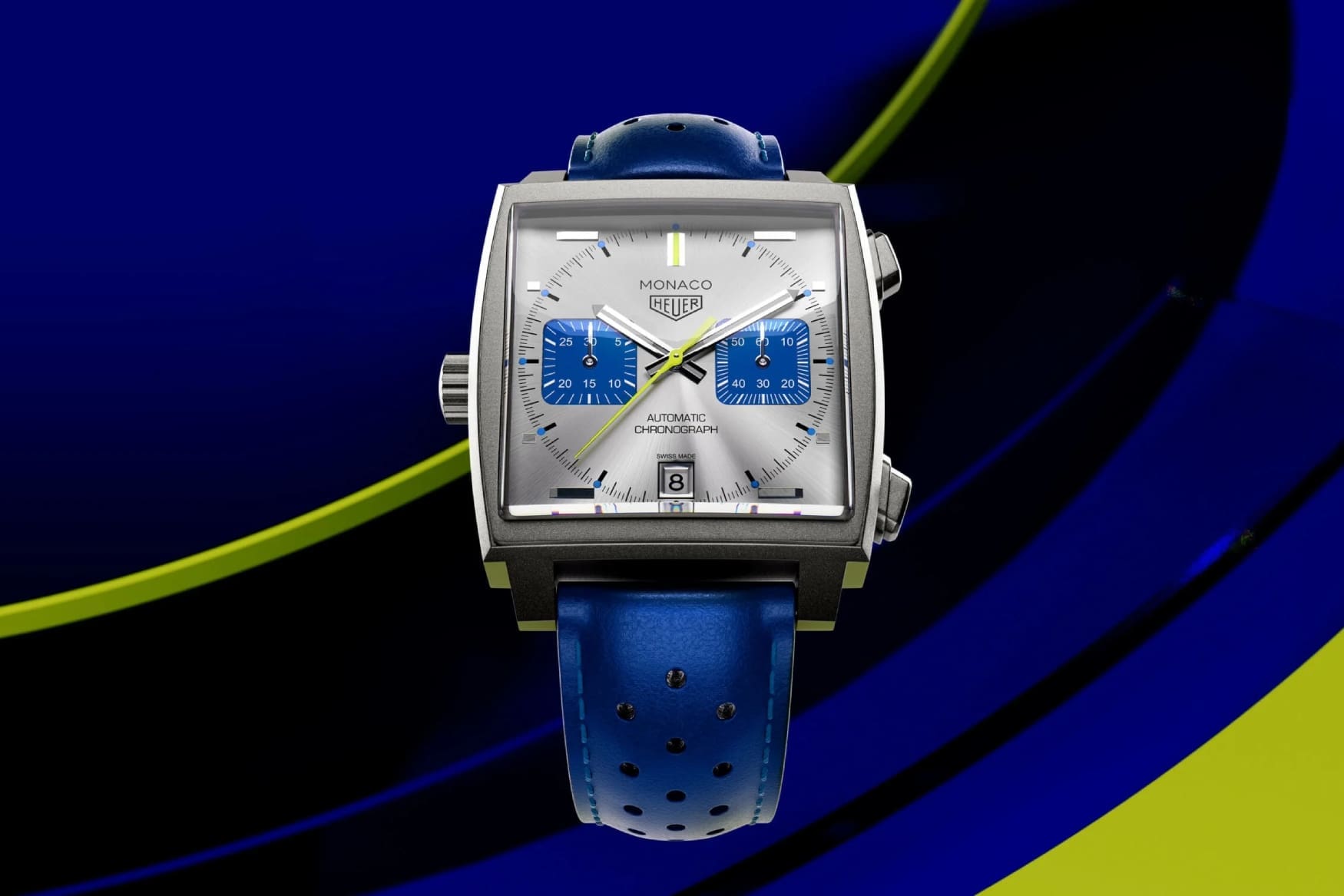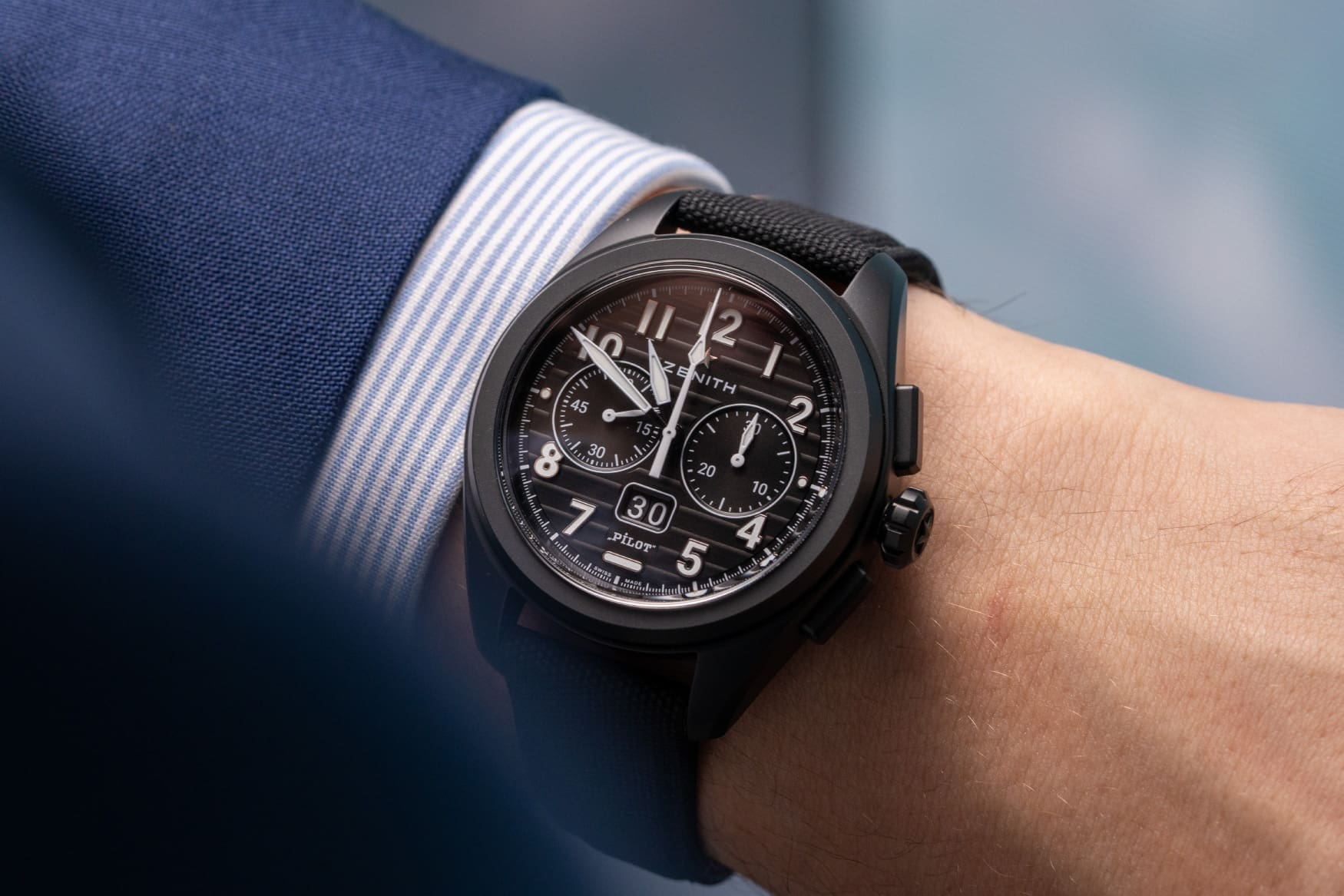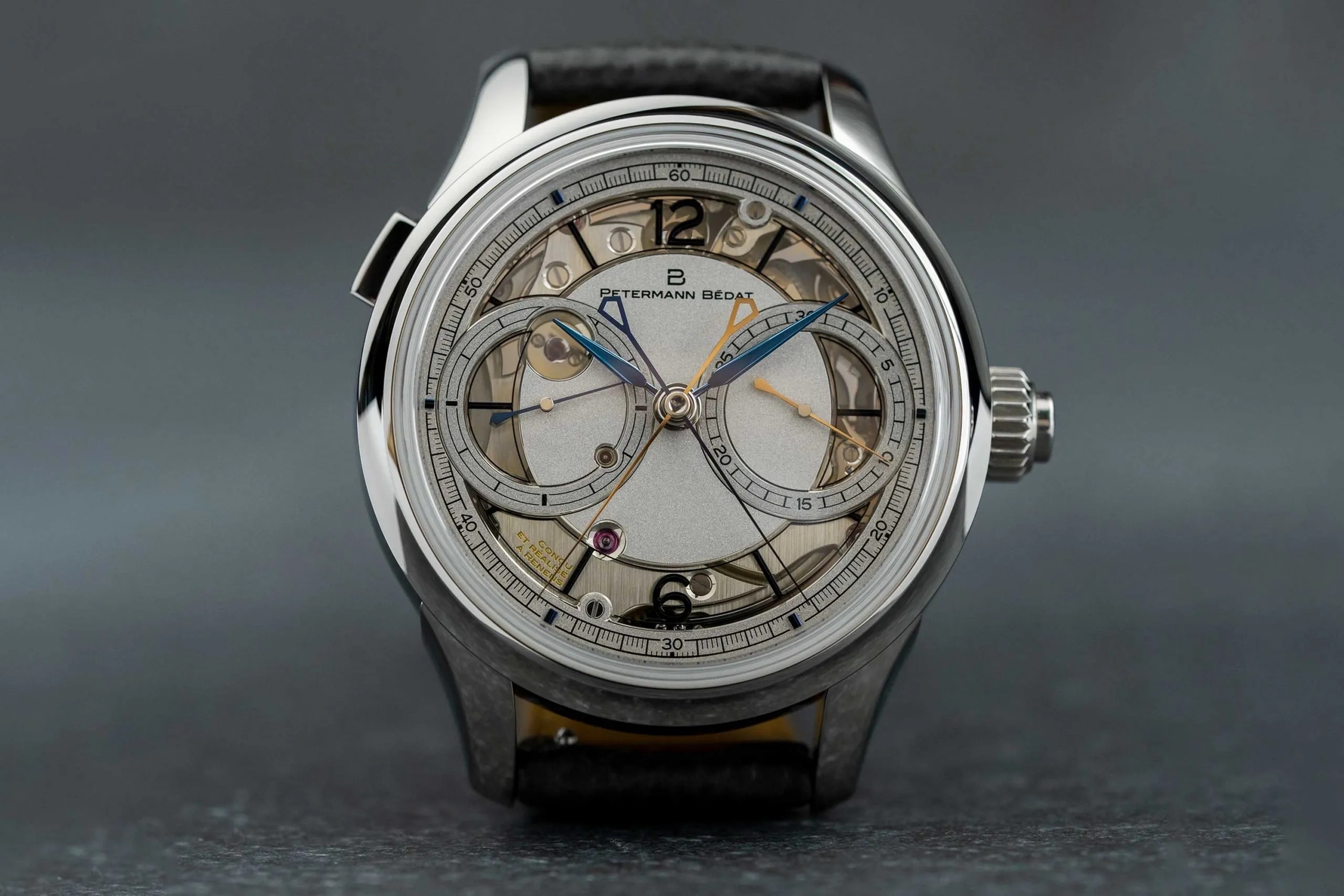5 of the best bicompax chronographs of 2023
Borna BošnjakThere’s a particular charm that bicompax chronographs exude – the two opposing, symmetrical sub-dials giving the watch an unmistakeable charm. To a watch nerd like myself, the birth and changing of the bicompax nomenclature is just as fascinating as some of the pieces that fall under the category – I’ve written an article about it, in fact. I won’t spend too long explaining it, but essentially, Universal Genève came up with the name in the late 1930s under the Compax name, and gave us a few memorable references. From there, the Uni-Compax and Tri-Compax followed, encompassing the famous Nina Rindt and Eric Clapton models, but rather than referring to the number of sub-dials, the names were dependent on the complications. A watch like the Clapton sported a moonphase, calendar and chronograph functions across four sub-dials – therefore, Tri-Compax.
Nowadays, the name is mostly used for watches with two sub-dials positioned at 3 and 9 o’clock, and there are very few true bicompaxes around. Further complicating this whole thing are two-register chronographs with dates – are they bicompaxes, or is a date not considered complication enough? As this would quickly get out of hand, and as much as it pains me not to be a smartass about it, we’ll treat any two-register chrono as a bicompax from here on out.
Baltic Bicompax 003
First up is the Baltic Bicompax 003, a brand new release from micro-powerhouse Baltic. The Baltic Bicompax 002 was long amongst the best entry-level chronographs, and is now updated with new dials and a new 36mm case size, which is music to vintage enthusiasts’ ears. The sector dial is less pronounced, especially on this salmon variant, giving the centre stage to the different textures that make it so pleasant on the wrist. The combination of intersecting circular brushing on the hour ring and the azurage of the sub-dials contrasts against the heavily grained finish of the centre portion. Still powered by the Seagull ST1901, it now looks even better, as the smaller case diameter better suits the movement size, visible via a display caseback. Expect a review on this model in the coming weeks! Price: starting from A$1,025 from the T+T Shop
Nivada Grenchen ChaosMaster Trio
Following our 2022 collab with Nivada Grenchen and seconde/seconde/, we finally got to show off the long-teased limited edition box set to the world. Composed of a black-dialled 😅, reverse-panda 😵💫 and a aptly tropical 😎, the trio was available in a very limited five sets. Sized at 38.3mm, the Nivada Grenchen Chaosmaster Trio keeps in touch with their vintage roots, with three separate timing scales for extra usability. The rotating bezel contains two of them, sporting a count-down timer and 12-hour scale, while the outer track of the dial displays a tachymeter. All three are powered by Sellita’s manually wound SW510 movement, offering up to 63 hours of power reserve. Price: A$9,500 from the T+T Shop
TAG Heuer Monaco Racing Blue
Even though the Monaco is a signature design of its time period, this latest variant adapts a classic racing colour in a grade 2 titanium case. The sub-dials, lume plots, and perforated leather strap are rendered in French racing blue, while the pusher layout is the way it should be, in my humble opinion. Even though the base module is no longer a Buren micro-rotor calibre, nor is it manually wound, the Sellita/Dubois Dépraz movement keeps some of the charm of the original. Price: CHF 9,000
Zenith Pilot Big Date Flyback in ceramic
Zenith dramatically changed up their Pilot model this year. Gone are the hulking cases and onion crowns, replaced by a much sleeker, more modern proposition. The Pilot Big Date Flyback uses a high-frequency El Primero 3652 calibre, technically making this a tri-compax (okay I’ll stop), but what’s especially cool is the black ceramic variant. Though it’s not styled as one of the two traditional pilot watch types, the stealthy aesthetic works wonders, also helping reduce the visual bulk due to its large 42.5mm diameter. Price: CHF 13,400
Petermann Bédat Split-Seconds Chronograph
Yes, there is quite a gap regarding the market positioning of the Petermann Bédat when compared to the Zenith, but I couldn’t not include it in this round-up. There Split Seconds Chronograph is finished in an already recognisable Petermann Bédat manner, notably in the unique arrow-tailed ends of bridges. There are similarities in the gear train between this and the duo’s first piece, the Deadbeat Seconds, meaning there is a degree of Valjoux 78/90 inspiration in its design. Unusually, the split-seconds mechanism is positioned dial-side, which naturally meant that Petermann Bédat had to go with a semi-skeletonised vibe that shows off the rattrapante works. Price: CHF 243,000




